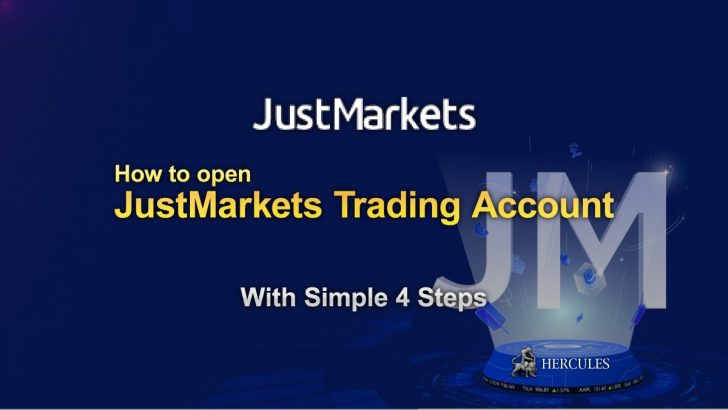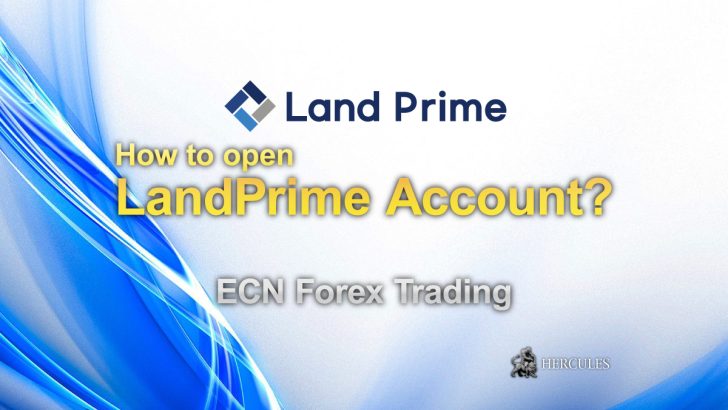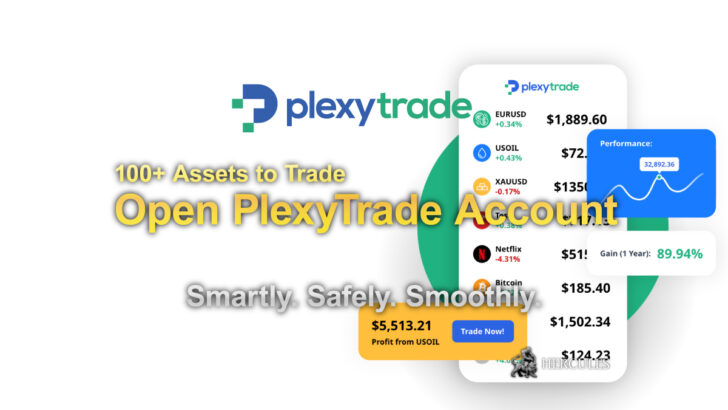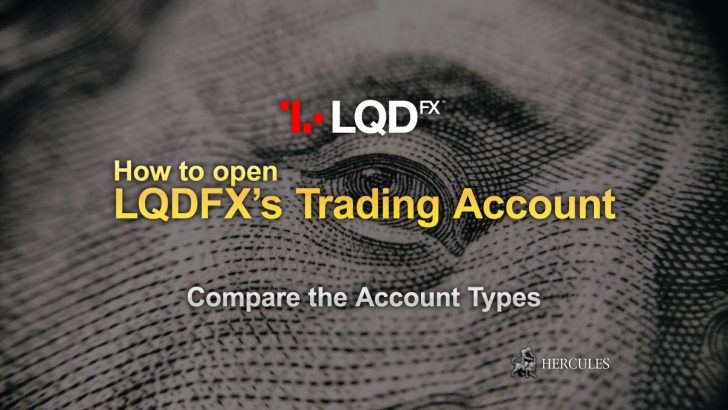What are Continuous CFDs on Stock Indices and Commodities on IFC Markets?
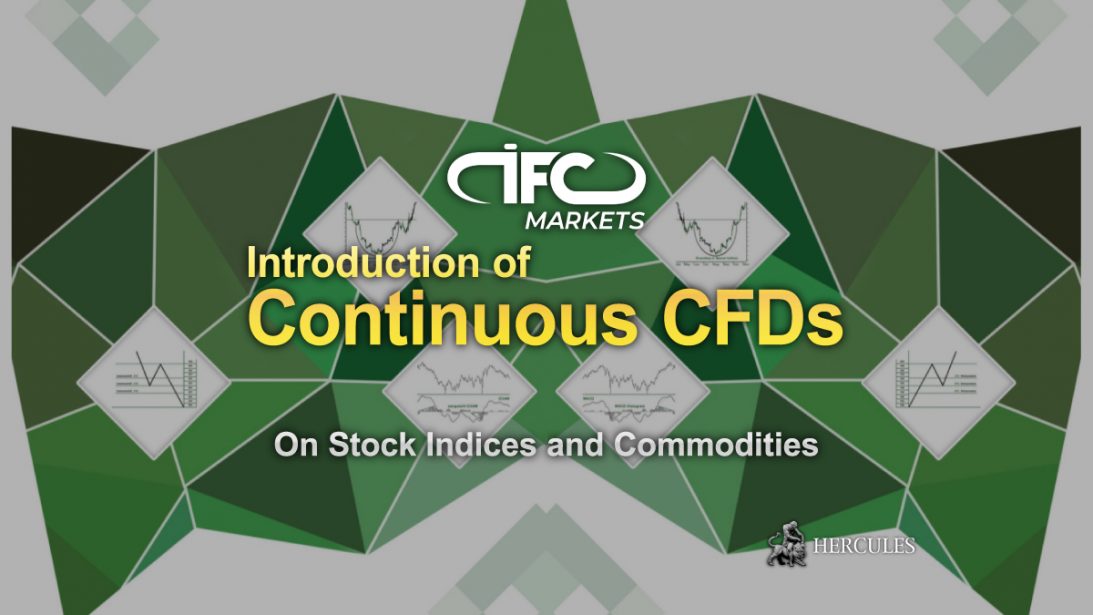
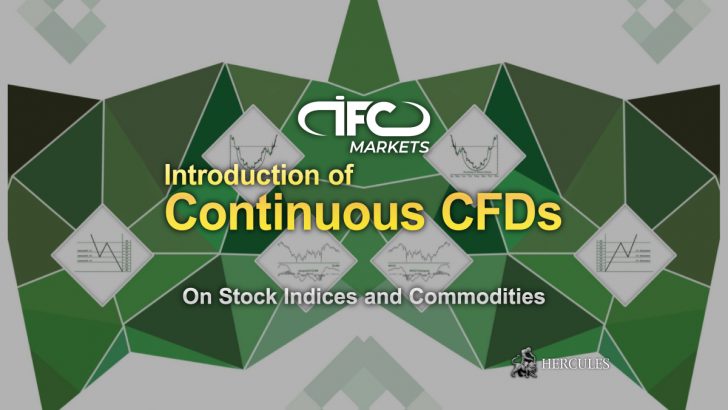
Continuous CFDs on Commodities and Stock Indices
IFC Markets offers you continuous CFD trading on indices and commodities (no expiry date). This is based on the calculation of two adjacent futures. When the expiry date of the underlying future approaches, the price of the continuous CFD will not be interrupted or significantly increased Volatility. The algorithm implements calculation modes for 2 new instruments – the first calculation mode is for stock indices, the second is for commodities.
- Calculation method of continuous stock index CFD
- Continuous stock index CFDs are based on two instruments – two adjacent stock index futures. Let’s take the CFD creation process for the S&P 500 index as an example.
- Calculation scheme of continuous CFD of commodities
- A continuous CFD of a commodity (to be precise, a continuous CFD of commodity futures) is based on 2 instruments – two adjacent futures of the commodity. Take Brent (BRENT) crude oil futures as an example.
Go to IFC Markets Official Website
Calculation method of continuous stock index CFD
Continuous stock index CFDs are based on two instruments – two adjacent stock index futures. Let’s take the CFD creation process for the S&P 500 index as an example.
Stock Index S&P 500 (SP500) – This is an exchange index that consists of the prices of large U.S. companies listed on U.S. exchanges.
The index is calculated by S&P Ratings. It is a weighted average of the assets of the 500 large companies included in the index. The SP500 index is calculated daily during US trading hours (15:30 to 22:00 CET) and not the rest of the time. The index itself does not trade, its just an indicator.
On the CME, trade SP500 futures of different types and expiry dates. In our example, we select futures on the E-mini S&P 500 and its adjacent expiry dates.
Commodity exchanges trade SP500 index futures of various sizes and expiry dates, for example, select SP500 index futures with the most recent expiry date to create a CFD. The exchange issues several futures, each of which has been trading for over a year. 1 futures expiring each quarter in March, June, September and December (the third Friday of each month). Therefore, up to 5 stocks with different expiry dates can be traded at the same time, but the most recent Expiration has the most liquidity. These futures are traded on exchange time. When IFC Markets created the CFD, periods with less liquidity were excluded, so the quoted futures prices from 02:00 to 22:00 (CET) were used.
Therefore, the index futures trade for 18 hours, the original index trades on the exchange for 6.5 hours, and the trading hours are within the trading hours of futures (Figure 1).
Relative to Intraday Stable Value (DevFI), futures prices are usually either higher than the index price (concession) or lower than the index price (spot premium)

Index Continuous CFDs (“Continuous Futures”) are based on the recent stream of futures quotes, in the following manner (Figure 1):
- During exchange trading hours, consecutive index CFDs coincide with the index;
- Outside of a trading session (within the trading session of the adjacent futures), a continuous index CFD is equal to the quoted price of the adjacent futures minus the difference between the price of the futures and the index at the close of trading on the current day and the previous day (in our example, the close of trading session, the futures price difference the transaction ends at the same time)
The calculation formula of continuous exponential CFD:
Consecutive Index CFD Quotes = Adjacent Futures Quotes – DevFI, DevFI = Adjacent Futures Quotes – Index Prices (Last Trading Session).
Continuous index CFDs are long-term indices, i.e. existing futures include all futures trading sessions.
A few days before the expiry, the nearest future is automatically calculated to be transferred to the next future, that is, the deviation DevFI_1 of the nearest future is transferred to the DevFI_2 of the next future (Figure 2). When the exchange occurs, the liquidity of the nearest future begins to decline, and the next A futures liquidity rises to a sufficiently high level.

Go to the next future without any price interval. IFC Markets clients can hold continuous index CFDs for a long period of time. And the firm uses exchange futures to hedge client positions, if necessary, to hedge the nearest future and open the next futures position.
This technique allows clients to hold positions for long periods of time without worrying about the expiry date of the futures.
Go to IFC Markets Official Website
Calculation scheme of continuous CFD of commodities
A continuous CFD of a commodity (to be precise, a continuous CFD of commodity futures) is based on 2 instruments – two adjacent futures of the commodity. Take Brent (BRENT) crude oil futures as an example to analyze the formation of a continuous CFD.
1. Brent futures with different expiry dates traded on ICE in London. IFC Markets chooses 3 futures with adjacent expiry dates to construct the CFD.
The Intercontinental Exchange publishes a large number of crude oil futures with a maturity of 5 years, but only adjacent futures are liquid. Therefore, several liquid futures with different prices and expiry dates can be traded at the same time, among which the two most liquid ones are Contracts. The two futures are traded daily from 02:00 to 24:00 CET (08:00 to 6:00 the next day, Beijing time), and Friday from 02:00 to 22:00 (08:00 Beijing time). :00 to 04:00 the next day).
A one-month contract stops trading before expiration, which is traditionally mid-month; i.e., March futures, for example, will trade until mid-February. The futures price after that future, as a guideline, may be higher or higher for a long time. at the futures, or below the futures .
2. IFC Markets lists the following futures distances: 2015 BRN5J (April), BRN5k (May), BRN5M (June). As shown in Figure 3, they are respectively represented as Futures 1, Futures 2 and Futures 3. Adjusting futures prices to arrive at easier comparisons.
The continuous CFD of crude oil BRENT (Continuous futures in the figure) is the weighted average of two adjacent futures. The weighting is calculated according to the following formula, according to the remaining days until the end of the transaction: :
CF = F1 * T1/T + F2 * T2/T,
where CF – continuous CFD price,
F1 – price of the most recent future Futures 1,
F2 – price of the next future Futures 2,
T – the expiration date of two adjacent futures Interval time (30 days for BRENT),
T1 – Interval time, that is, the number of days remaining from the most recent futures to the end of the trade,
T2 = T – T1.
The price of a continuous CFD is between the F1 and F2 prices. And at the beginning of the T time period, the price of CF is near the price of F1, and near the closing date of the nearest futures trading, the price of CF is near the price of F2.
When the nearest future is only a few days away from the end of the trade (the “End trade 1” time in Figure 3), the liquidity of the third future has reached a sufficient level to automatically switch to the next pair of futures – Futures 2 and Futures 3 (Time “Switch time” in Figure 3).
Note that the above formula is simplified and the algorithm is run taking into account a number of details, including the number of days (the number of days until the beginning of the interval T) for which the new futures pair is calculated.

There will be no jumps or gaps in price when moving to the next pair of futures. Clients of IFC Markets can hold continuous CFDs for any length of time. Also, the firm itself hedges client positions using normal exchange futures, If needed, close out the hedging position and re-open the position on the next exchange futures.
This technology allows clients to trade futures without worrying about expiry dates.



